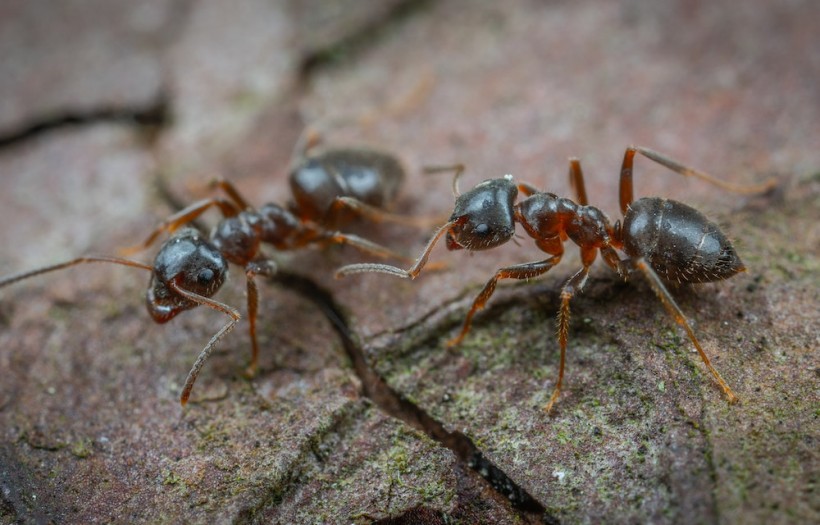We can often see ants looking for new nests or food sources. We often see them returning with more once they've spotted a decent haul. Today, scientists, hoping to understand how ants teach one another, have developed small robots.
The robots built by the team can mimic the behavior of rock ants that use one-to-one tuition, where an ant discovers a better nest and teaches the route to another individual.
How Ants Pass Knowledge to One Another

The findings published in the Journal of Experimental Biology, titled "Robotic communication with ants, " confirm that most of the vital elements of teaching in the ants are now understood because a small robot has replaced the teaching ant.
A vital element of the process of teaching is tandem running. One ant leads another one slowly along a route to the newly found nest. The pupil ant learns the route sufficiently well that it can find its way back home by itself and then lead a tandem run with another ant to the new nest, and the process repeats.
Professor Nigel Franks, the first author of the study from the School of Biological Sciences at Bristol University, explains that teaching is vital to our lives and that we spend numerous hours either instructing others or being taught. This should cause us to wonder whether teaching occurs in non-human animals. And in fact, the first case in which teaching was demonstrated in any other animal was in ants.
The team aimed to determine what was necessary and sufficient in such teaching. If researchers could successfully replace the teacher with a robot, this should show that they largely understood all vital elements of the process.
Facilitating Teacher and Student Ants
Researchers built a large arena where an appreciable distance between the old nest of the ants, deliberately made to be low quality and a new and significantly better one that the ants could be led to by the mimicking robot. A gantry was placed atop the man-made arena to move back and forth with a small sliding robot attached so the team could direct the robot to move along the wavy routes. Attractive scent glands from worker ants were attached to the robot to give it the pheromones in teacher ants, reports PhysOrg.
Franks explains that the team of researchers waited for an ant to leave its old nest and put the robot pin, adorned with pheromones, directly ahead of it. The pinhead was programmed to move towards the new, better nest. The team had to allow the robot to be interrupted during its journey so that the team could wait for the following ant to catch up after it looked around and learned the landmarks.
He adds that when the robot had led the follower ant, it allowed it to examine the new nest in its own time and begin its way back home. Researchers then used the gantry to track the returning ant's path automatically.
Researchers found that the robot successfully taught the route to the apprentice ant. The ants knew their way back to the old lesser, quality nest whether they took a winding or straight path home.
RELATED ARTICLE: Feral Horses Origin: Assateague's Horses May Finally be Revealed with Century-Old Tooth
Check out more news and information on Animals in Science Times.



![Earth's Quasi-Moon Kamo‘oalewa Could Originate From Lunar Surface Not Asteroid Belt [Study]](https://1721181113.rsc.cdn77.org/data/thumbs/full/53275/89/56/50/40/earths-quasi-moon-kamo-oalewa-could-originate-from-lunar-surface-not-asteroid-belt-study.png)










